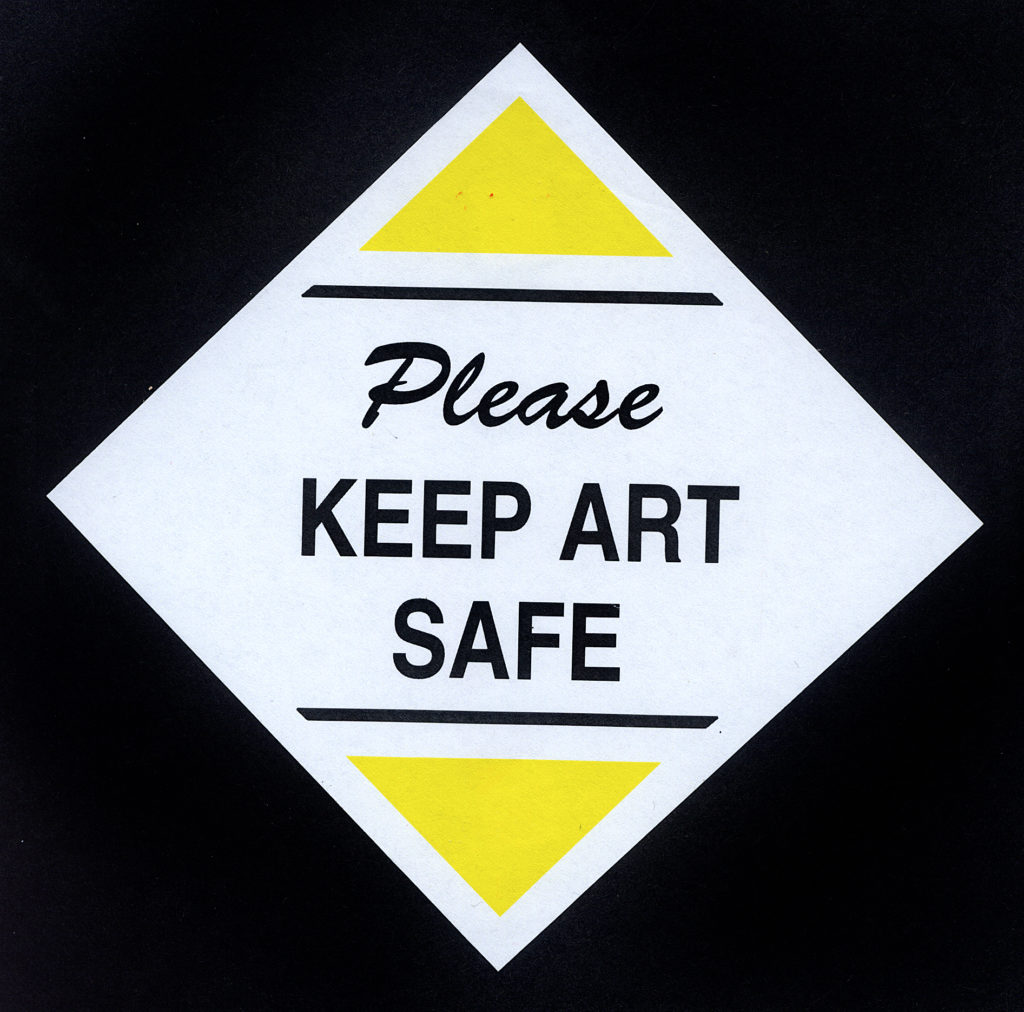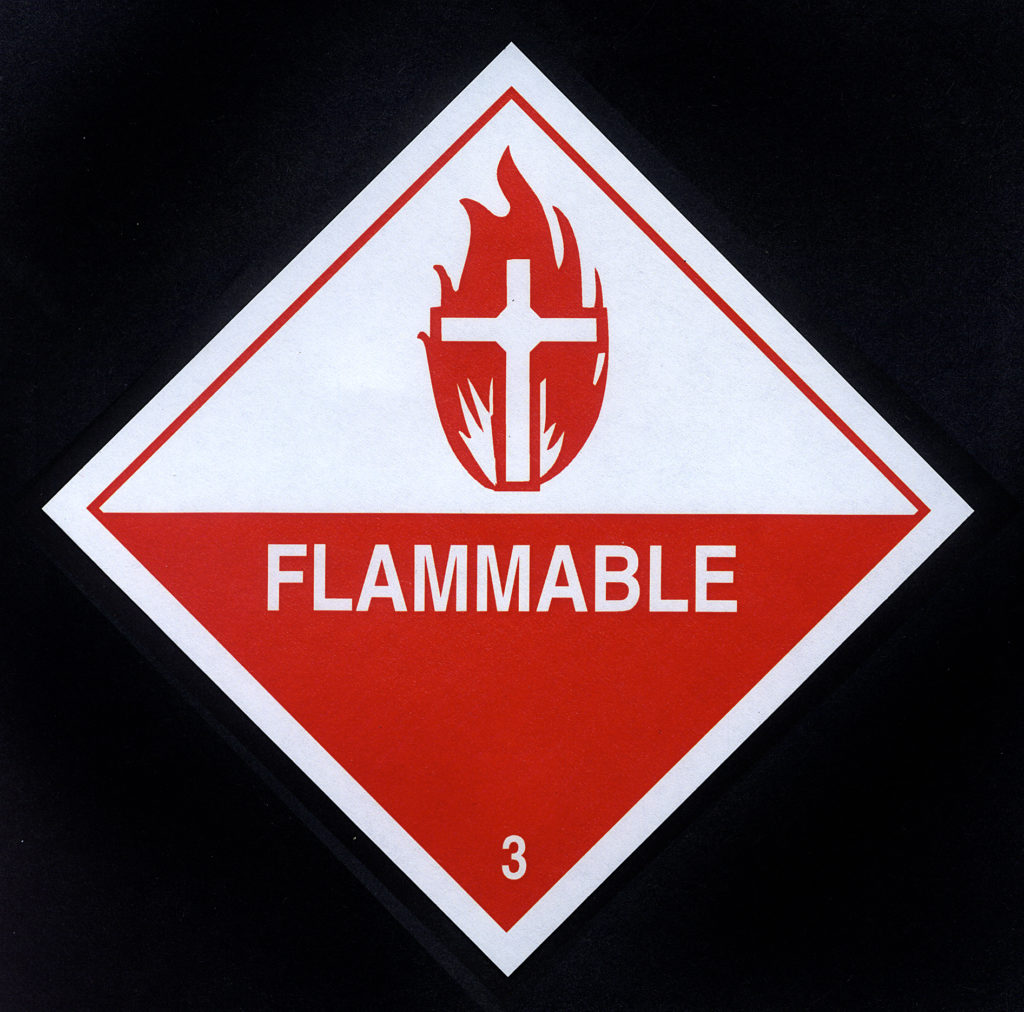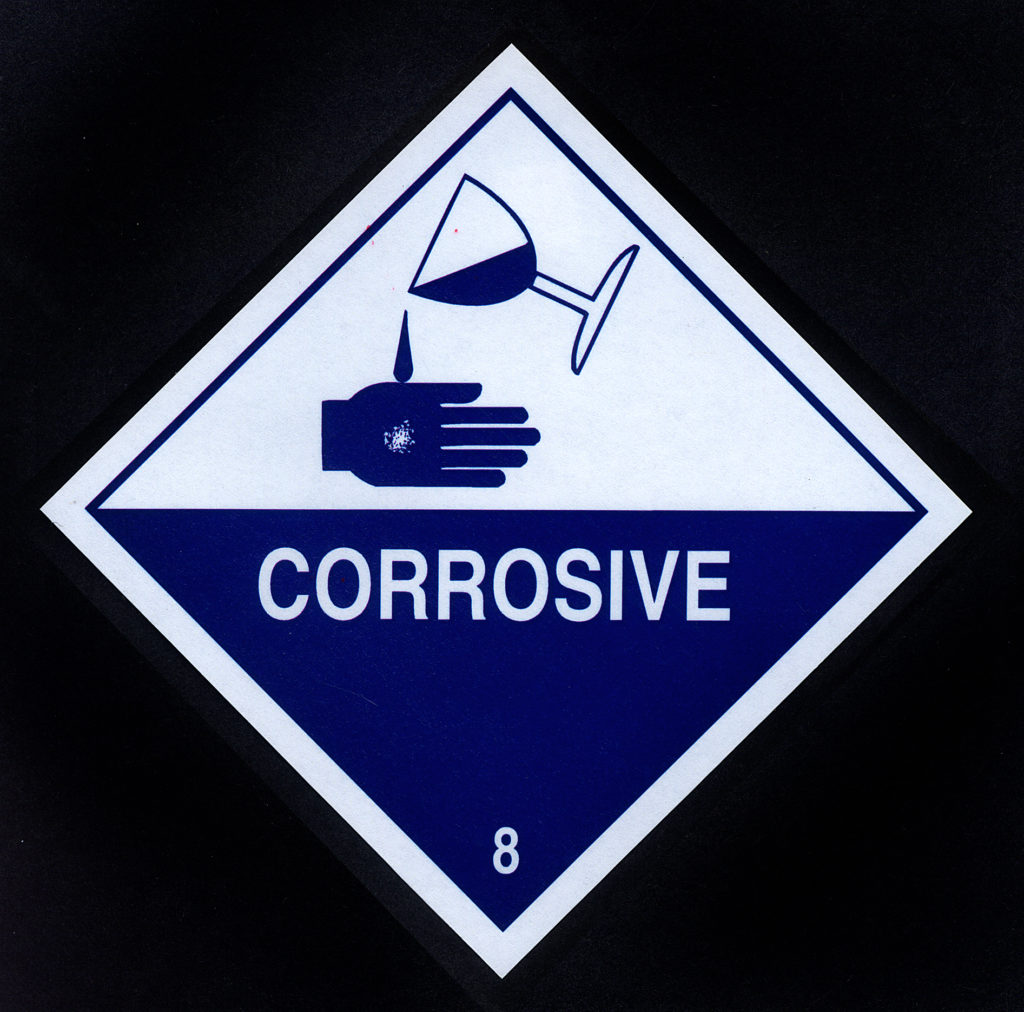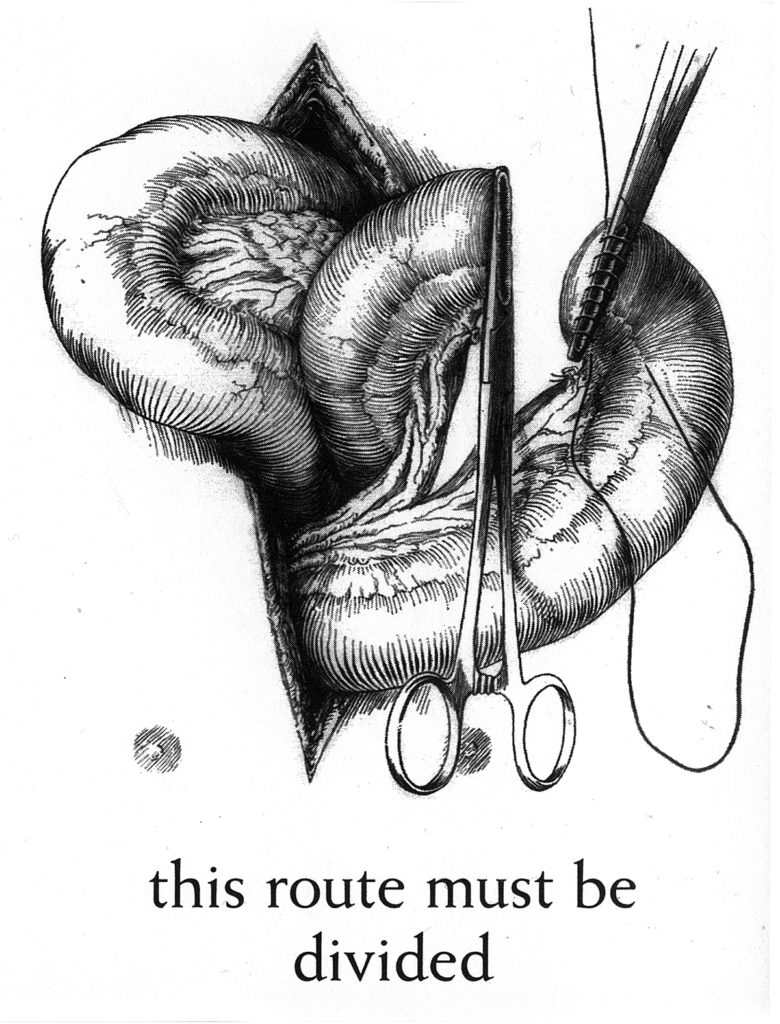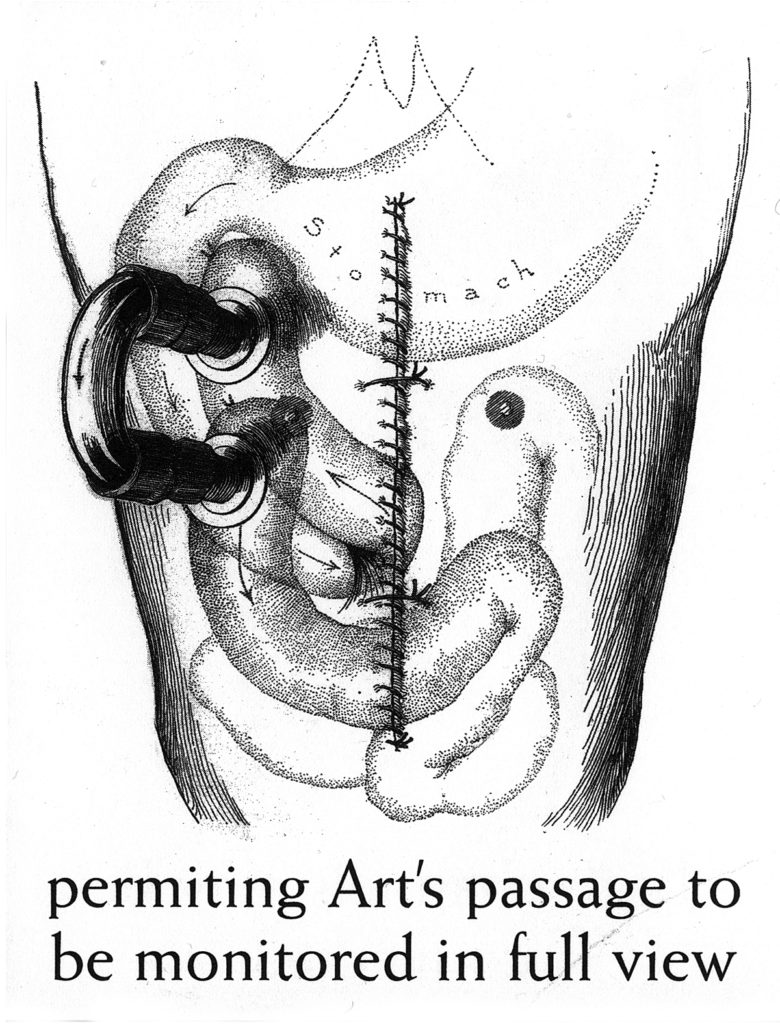lane security
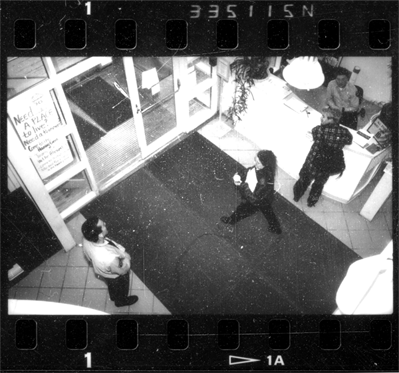
On March 2, 1991, shortly after midnight, awakened by police sirens and a helicopter, George Holliday stepped out onto his second floor balcony to see what was going on. He saw a white car that had been stopped by police cars. He saw a black man who was spread-eagle on the hood of the car. He went back inside and fetched his new video camera…
Hours later, Holliday’s amateur footage of Rodney King being beaten mercilessly with batons by numerous police officers was broadcast on the local TV station KTLA. Hours after that it was broadcast to the entire western hemisphere. And 423 days later when a jury acquitted four police officers accused in the videotaped beating, six days of rioting followed in Los Angeles.
This infamous video of police brutality and the subsequent rioting had a stupefying affect on the country and was yet another sad chapter in the history of race relations in America.
Holliday’s casual act of video taping police inspired the creation of numerous “Copwatch” organizations, formed to “police the police.” The citizen groups were known to patrol areas of suspected past police malfeasance, and document actions of officers with cameras, video cameras, and sometimes simply by taking notes. It’s hard to know the success of Copwatch efforts as documenting police wrongdoing would rarely be seen. But the mere presence of organization members at a location where police interact with citizens could affect an officer’s disposition – if nothing wrong is happening then potentially they’ve made a difference.
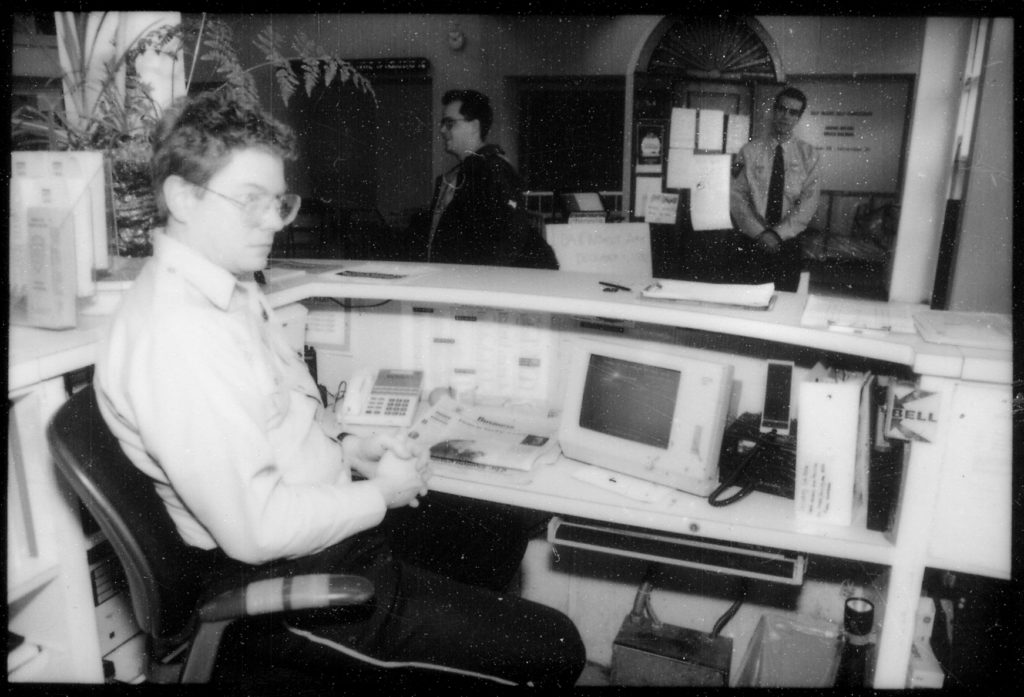
Copwatch organizations continue to exist in a number of cities: Phoenix, San Francisco, Oakland, and Chicago. Some have come and gone, others have reappeared after long absences. They exist independently some with loose affiliations, but there is no national organizing structure. The efficacy of Copwatch has been questioned not having an overarching mission and a governing body, but they still regularly appear online and occasionally in the local news.

Copwatch represents an organized effort to hold accountable the actions of police, but surveillance by citizens has taken on new meaning in an era of Web 2.0 and ubiquitous recording devices (usually via cellphone). Concerned or just curious bystanders that hear a commotion can pull out their phone, press record, and upload to YouTube – all within moments of the incident. The moment George Holliday handed over his tape to the KTLA news station, he couldn’t have imagined the outcome a little over a year later. In a 2006 interview with the LA Times, he surprising described his discomfort with what the video did to the image of the LAPD. But he also mentioned that every time a cop recognizes him, they say he did the right thing.
